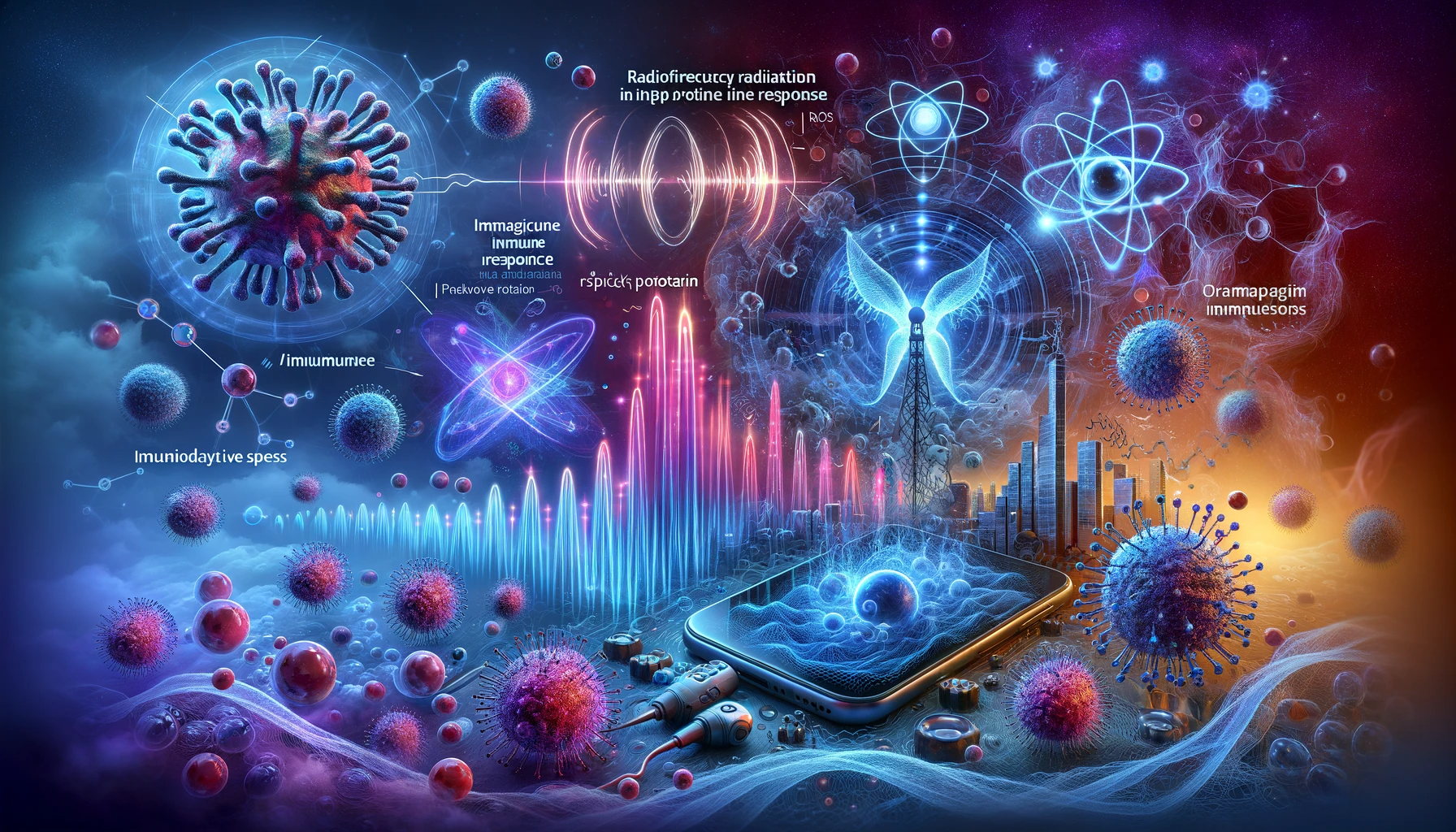The study titled “Microwaves from mobile phone induce reactive oxygen species but not DNA damage, preleukemic fusion genes, and apoptosis in hematopoietic stem/progenitor cells” investigates the potential effects of exposure to microwaves (MW) emitted by mobile phones on various cellular markers, including reactive oxygen species (ROS), DNA damage, preleukemic fusion genes (PFG), and apoptosis in hematopoietic stem/progenitor cells. Here’s a summary of the key findings from this research:
Background:
- The study is motivated by the concern that exposure to electromagnetic fields (EMF), particularly MW from mobile phones, may be associated with an increased risk of childhood leukemia and other health issues.
- Previous research has reported inconsistent results regarding the biological effects of MW exposure, including the induction of ROS, DNA damage, and apoptosis.
Research Focus:
- The study aims to investigate whether MW from mobile phones can induce ROS, DNA damage, PFG, and apoptosis in umbilical cord blood (UCB) cells, including CD34+ hematopoietic stem/progenitor cells.
Key Findings:
- ROS Levels: After exposure to MW, there was a transient increase in ROS levels observed in different subpopulations of hematopoietic cells, such as CD45+ lymphocytes, CD34+ CD38− HSC, and CD34+ CD38+ progenitor cells.
- Time-Dependent ROS: The study found that the ROS increase was more pronounced after 1 hour of MW exposure but not evident after 3 hours. This suggests that the ROS response is time-dependent.
- Differentiation and ROS: The study noted that the level of ROS increased with the degree of cellular differentiation, with hematopoietic stem cells (HSC) having lower ROS levels compared to progenitor cells and lymphocytes.
DNA Damage and Apoptosis:
- The research did not find significant induction of DNA damage, PFG, or apoptosis in UCB cells after exposure to MW from mobile phones, even after varying exposure durations and SAR values.
- DNA damage analysis using γH2AX/53BP1 foci, comet assays, and apoptosis assessment did not reveal significant differences between exposed and sham-exposed samples.
Implications:
- The study suggests that MW exposure, at the specific conditions tested, can lead to a transient increase in ROS levels in various hematopoietic cell populations but does not result in sustained DNA damage, PFG induction, or apoptosis.
- The findings emphasize the importance of considering factors like exposure duration and cell type when studying the effects of MW on biological markers.
In summary, this research provides insights into the impact of MW exposure from mobile phones on ROS production and DNA damage in hematopoietic stem/progenitor cells. While it observed a transient increase in ROS levels, no significant DNA damage, PFG induction, or apoptosis were detected under the specific experimental conditions used in the study.








